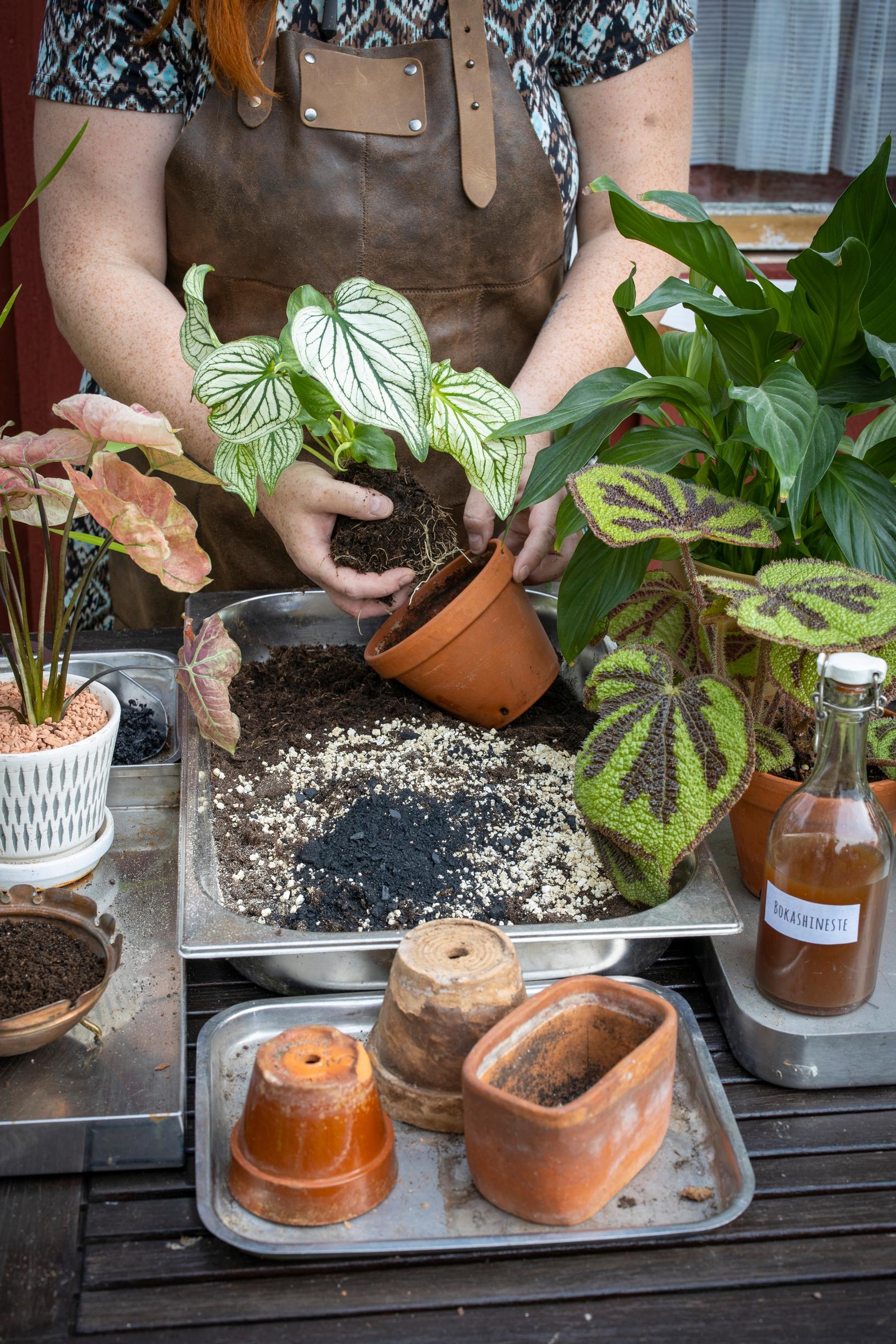
DIY super soil for houseplants—here’s how to make the perfect mix for each species
Are your houseplants looking unwell? The cause might be unsuitable soil. Discover the requirements of various plant species and create the perfect growing medium for each of them. Enhance bagged soil or mix entirely new substrates using materials like clay granules, vermiculite, bokashi soil, and biochar.
1. Experiment with mixtures
Experiment with biochar, buckwheat hulls, bark, and vermiculite to find the best growing medium for different plant species and your care routines. Inorganic materials like expanded clay pellets, houseplant gravel, and clay granules are great for both soilless cultivation and enhancing potting soil.
2. Enhance ready-made bagged soil
Ready-made soil mixes, such as flower, cactus, and houseplant soils, are suitable for plants as they are, but they are also easy to customize with both purchased and home-sourced materials. You can adjust the medium’s aeration, drainage, and water retention to meet the preferences of each species.
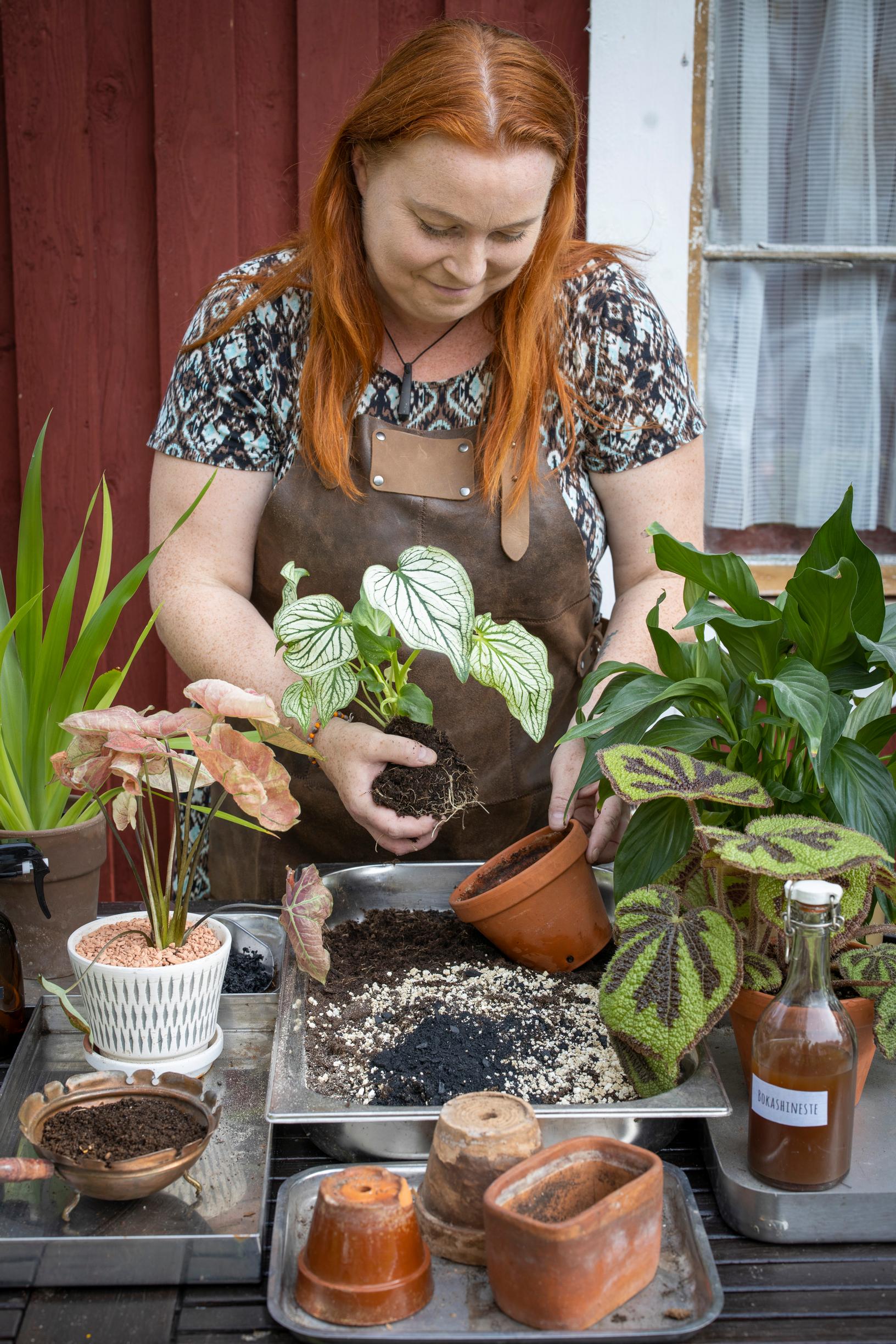
3. Water correctly
Clay granules, biochar, and vermiculite can significantly extend watering intervals compared to regular potting soil, so it’s easy to overwater the plant at first. If you reach for the watering can often, choose a moderately sized, breathable clay pot with drainage holes at the bottom.
The growing medium has a huge impact on watering. Start experimenting with a new mix on an easy and familiar houseplant.
4. Utilize compost
Compost nourishes plants, enlivens the soil, and enhances the water and nutrient retention capacity of potting soil. Mature compost made from garden and kitchen waste may even suit many houseplants as is. Because compost content varies, it’s safest to mix it with potting soil. You can also add in materials that provide long-lasting aeration, such as gravel, expanded clay, or perlite.
5. Add microbes
Bokashi soil has benefits similar to compost soil, but it also contains beneficial lactic acid bacteria, yeasts, and EM microbes that contain photosynthetic bacteria. The properties of finished bokashi soil depend on the materials added to the bokashi and the soil used in the “soil factory”—the container used in bokashi’s final maturation phase. Bokashi soil typically contains nitrogen and other nutrients that plants need.
Mix prepared bokashi soil into your potting soil cautiously, about one-tenth of the total volume. A mixture that’s too strong may hinder growth and cause the leaves of potted plants to turn yellow.
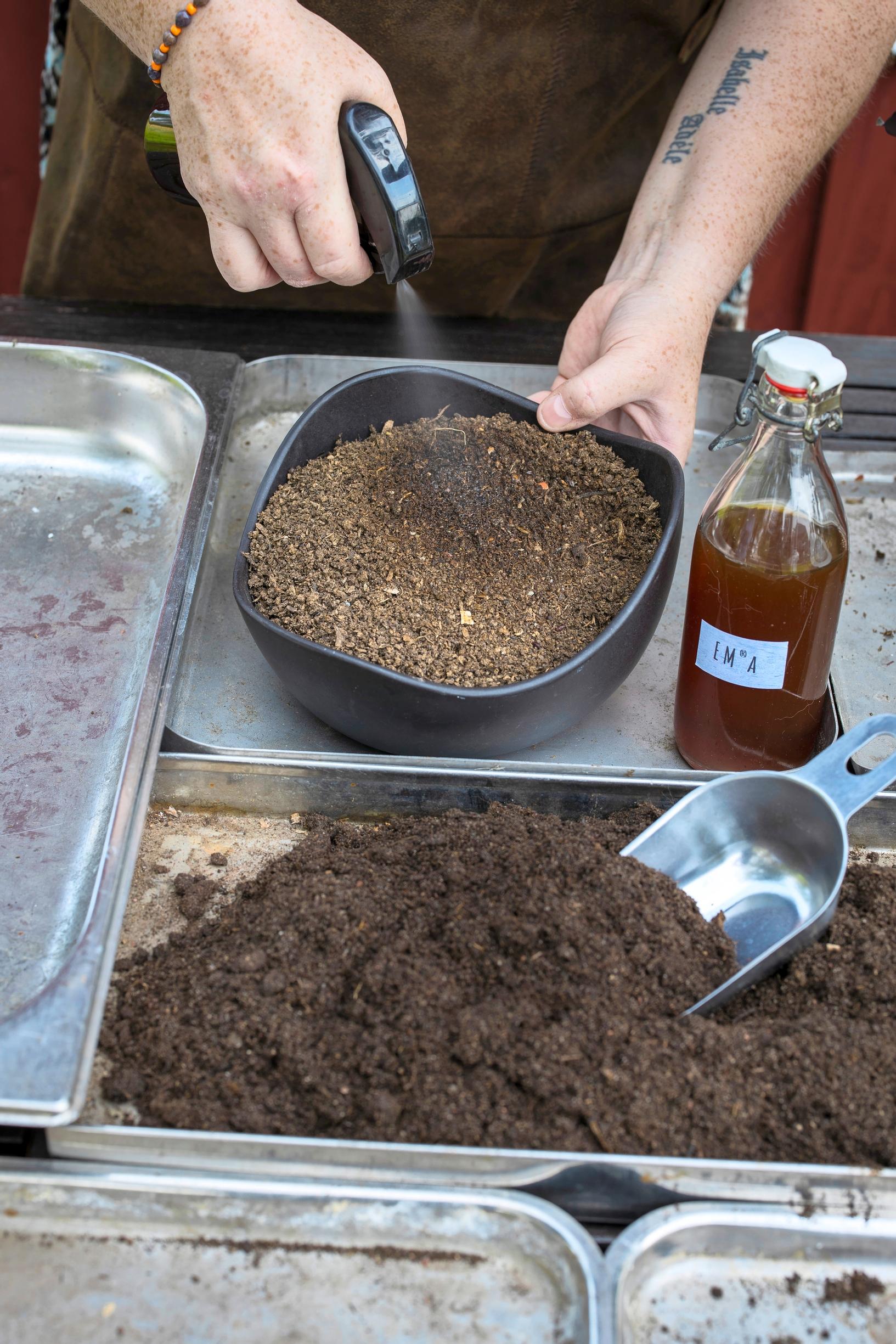
6. Sift out debris
Undecomposed plant waste in bokashi and compost soils can attract fungus gnats [in Finnish], which can especially damage the roots of small plants and seedlings. Therefore, it’s safest to sift out the debris from the soil before use.
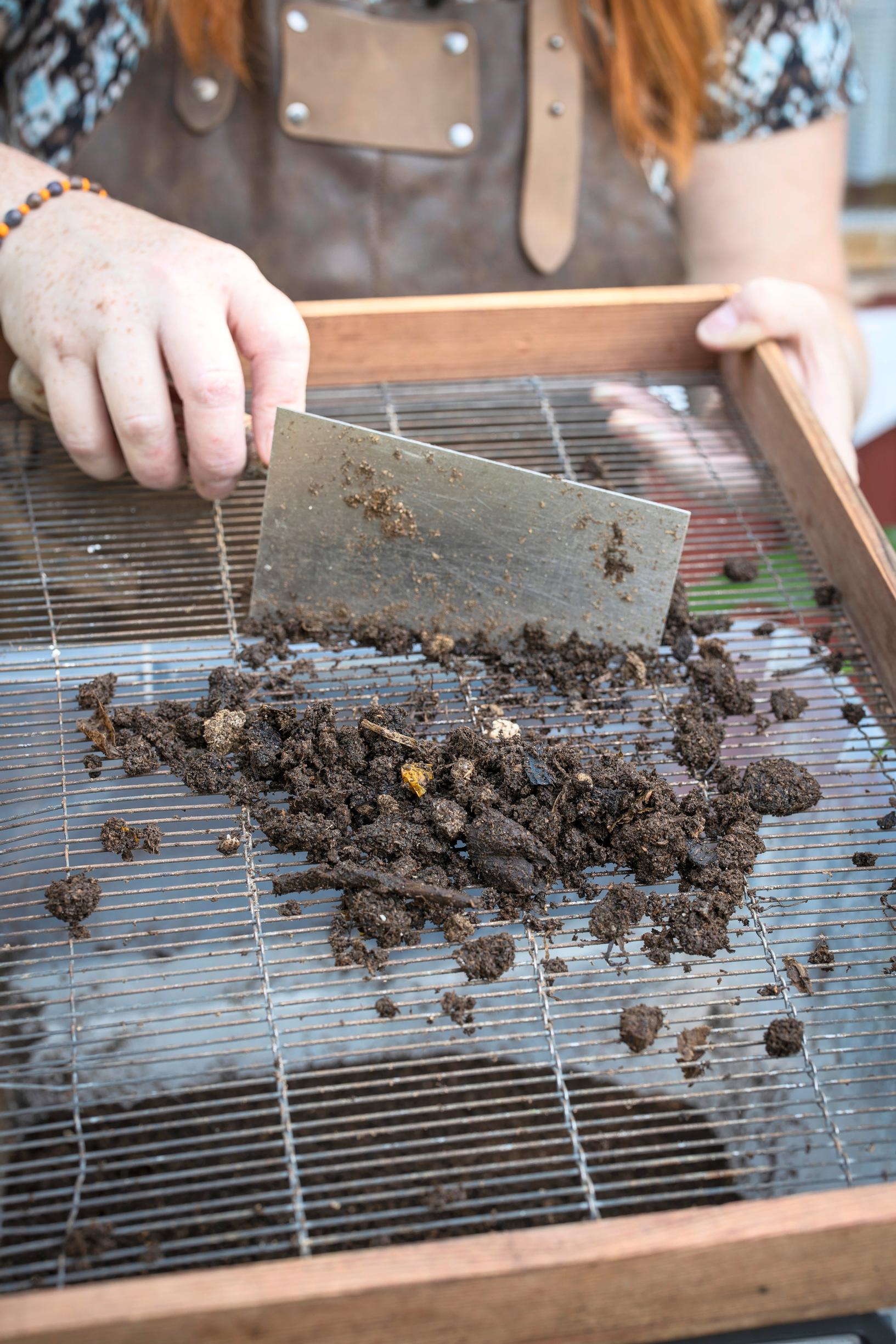
7. Cover up
Compost and bokashi soils can contain bugs, just like any soil brought from outside. It’s best to place them in a container protected with insect mesh for a couple of weeks before use. Alternatively, you can dry the soil before use. Heating, however, destroys beneficial microbes in the soil and spoils its structure.
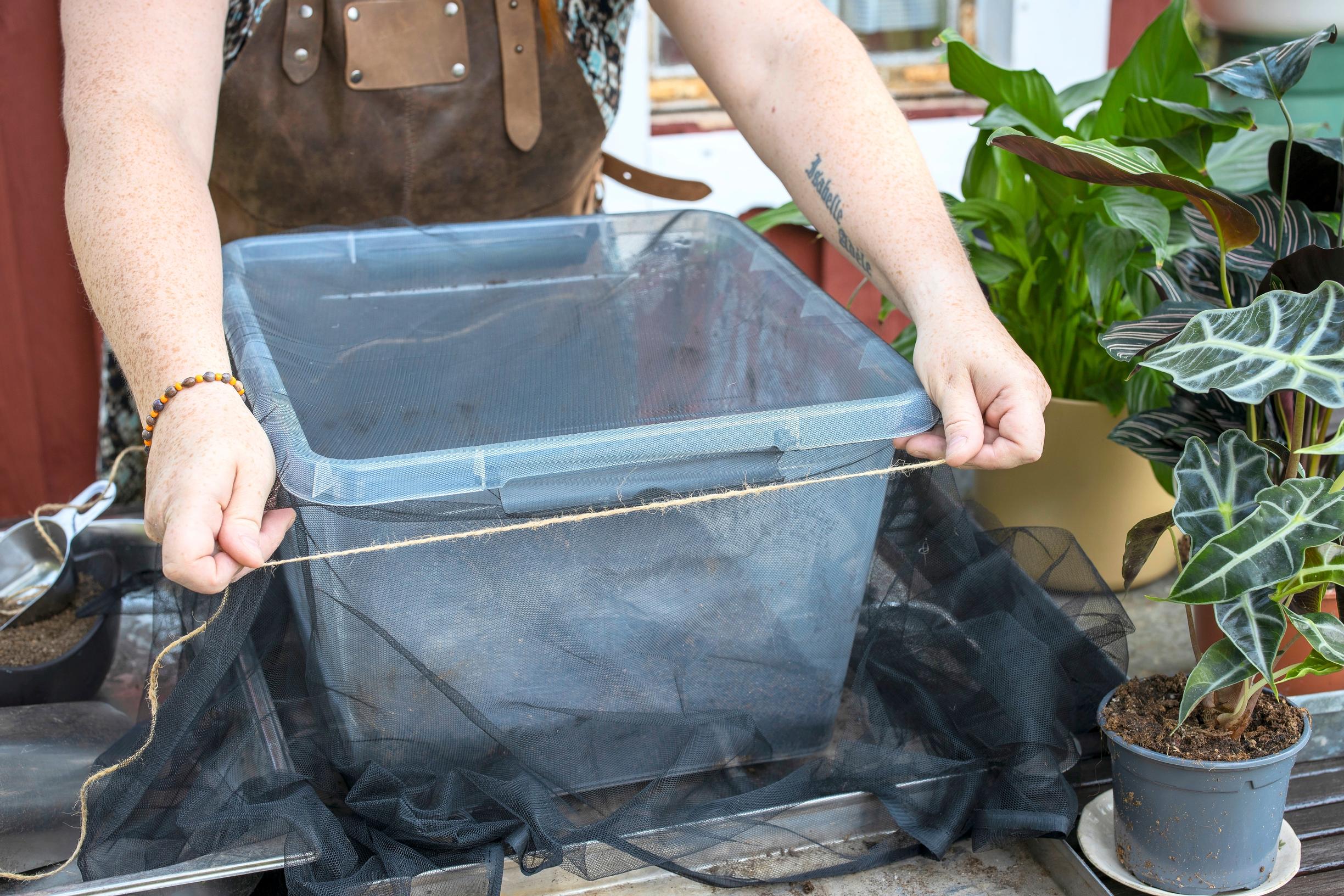
First, familiarize yourself with the requirements of each plant species. Some plants are sensitive to drought, while others dislike excessive moisture.
8. Increase drainage
You can improve aeration and drainage in succulent soil with perlite, gravel, or expanded clay pellets. Species that prefer dry soil also thrive in clay granules and houseplant gravel, as long as you avoid overwatering. A breathable clay pot with a drainage hole at the bottom reduces the risk of excess moisture, regardless of the growing medium.
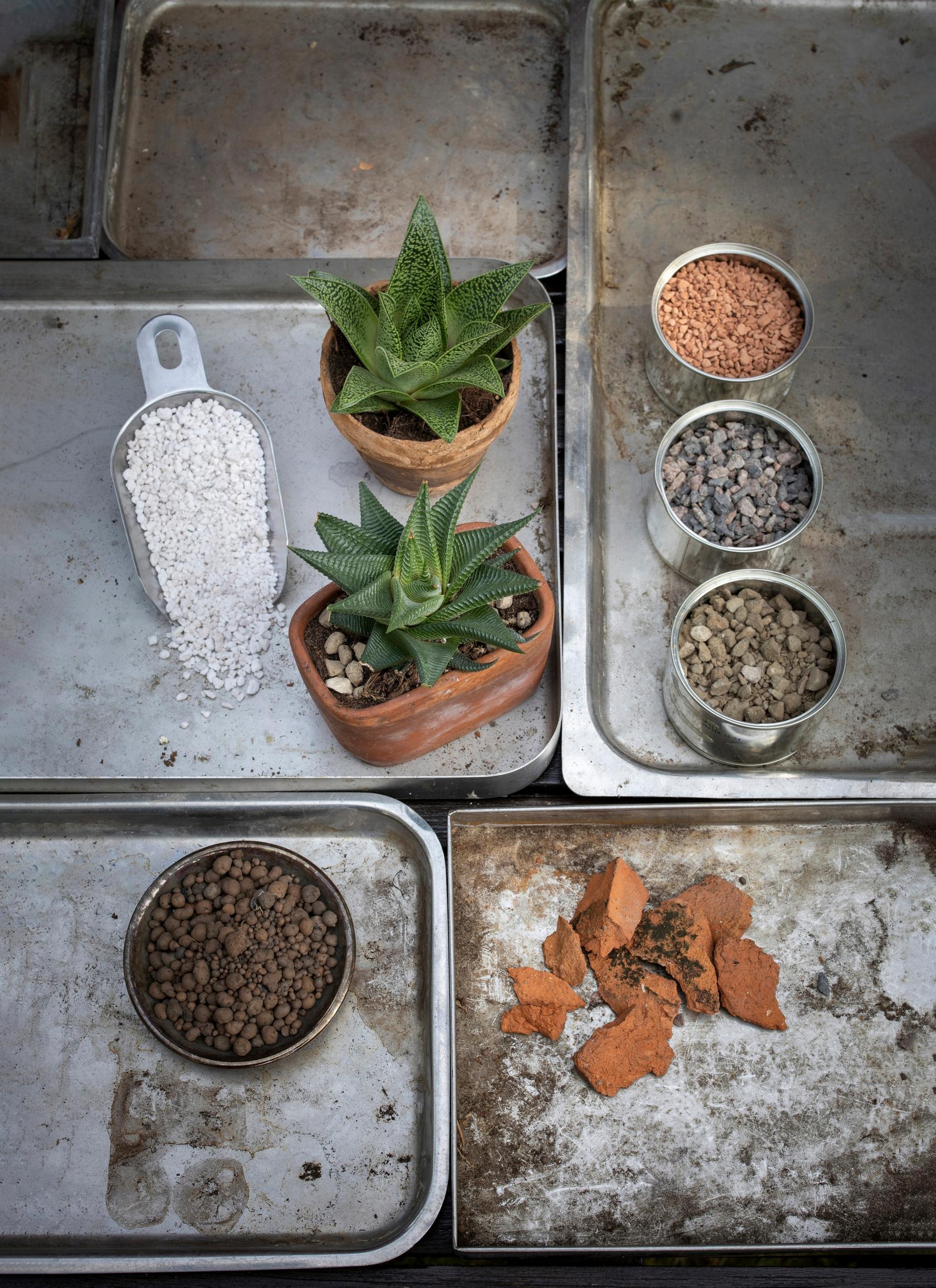
9. Balance the moisture
Araceae plants, as well as such plants as prayer plant and calatheas, prefer fluffy soil that doesn’t get completely dry between waterings. You can mix their growing medium from various materials. Moisture levels can be balanced with materials like biochar, clay granules, houseplant gravel, moss soil, and vermiculite, as well as bokashi and compost soil. Perlite, potting gravel, coconut soil and chips, pieces of bark, and buckwheat hulls add aeration to the growing medium. Buckwheat hulls also contain nutrients.
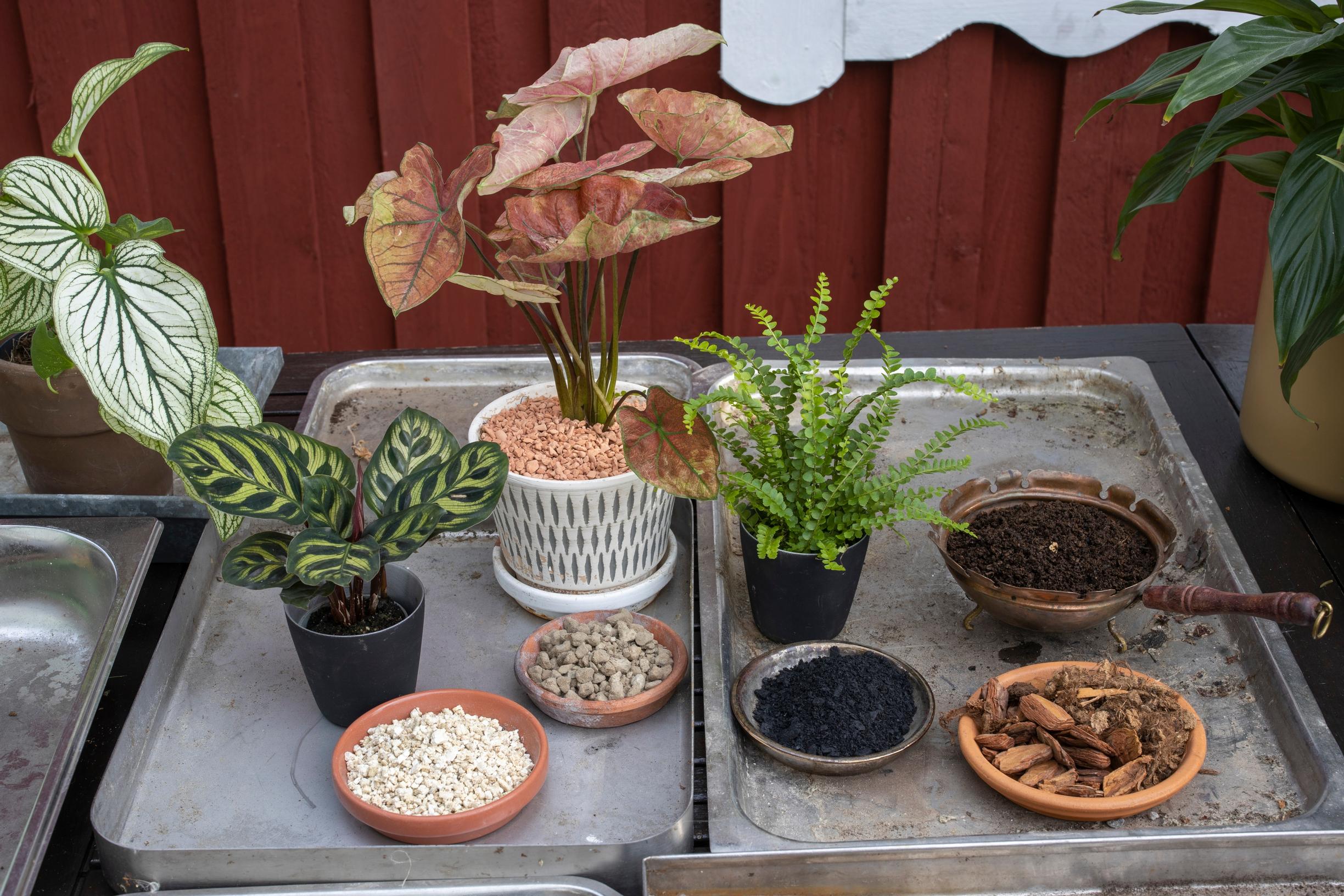
10. Harness biochar
Biochar helps keep the soil appropriately moist. Coarse biochar provides aeration; fine biochar (0–4 mm) improves conditions for beneficial microbes. Regular biochar needs to be charged—soaked with a nutrient-rich solution—before use so that it doesn’t absorb nutrients from the soil. Suitable solutions for charging include EMa microbial solution, liquid drained from bokashi, poultry manure water, and urine diluted with water. Pre-activated biochar with EM microbes is also available; you should add about five percent of it to the growing medium. You can add ten per cent of regular biochar to your soil mix.
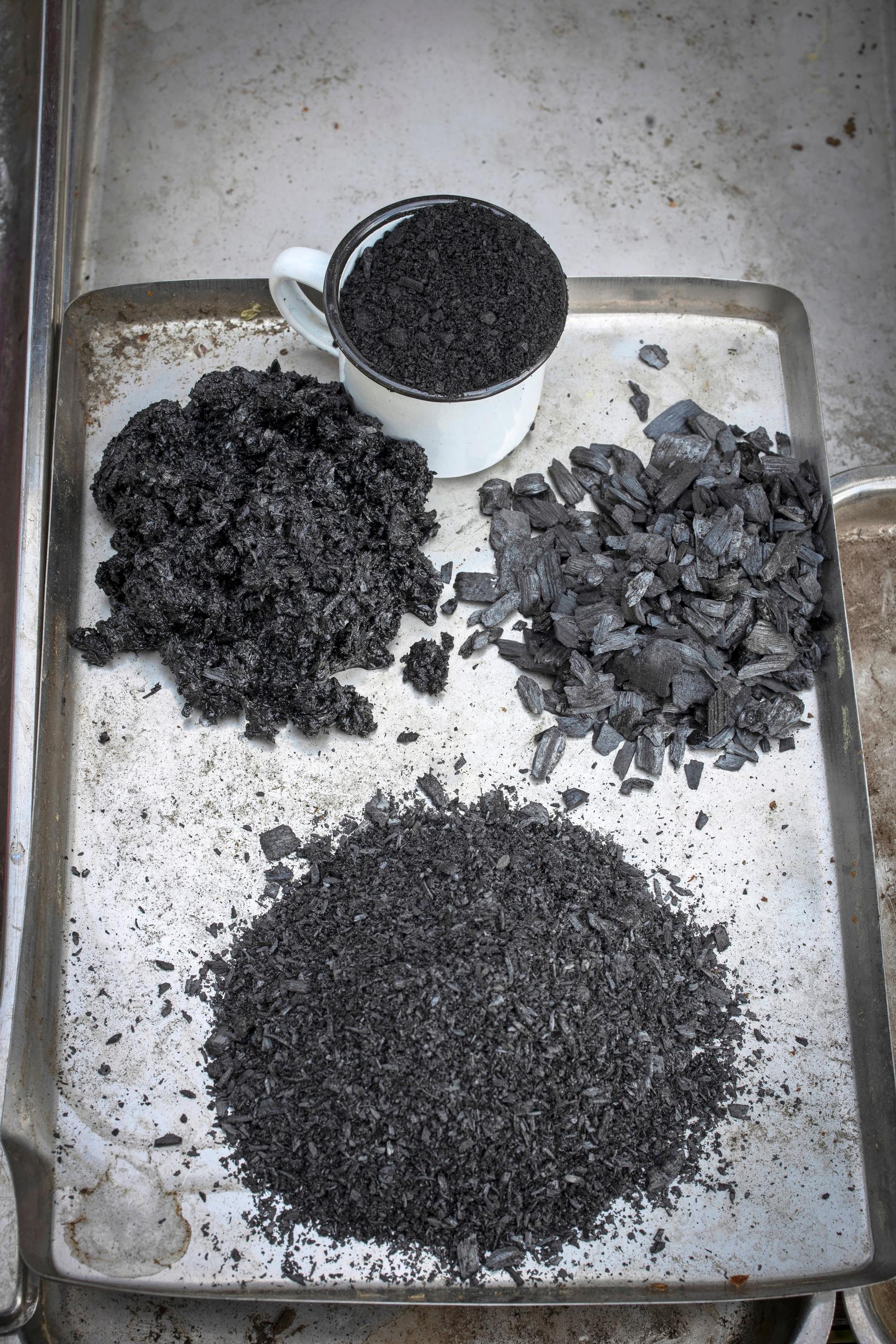
Tips for this article were provided by garden entrepreneur Linda Wirtanen, aka Viidakkotohtori.


